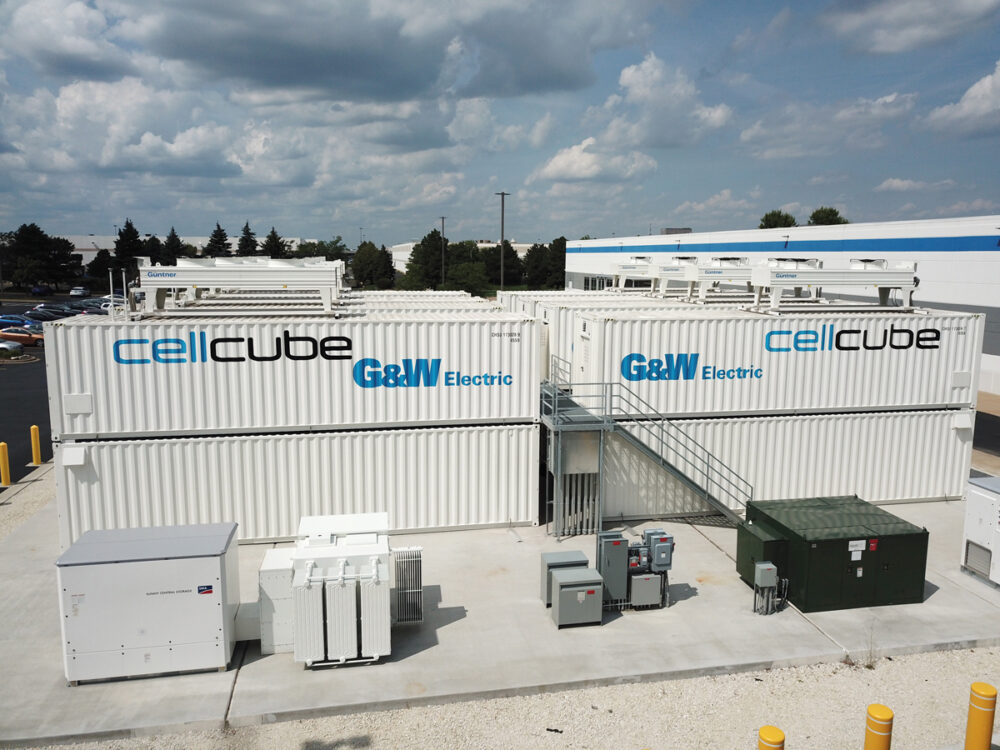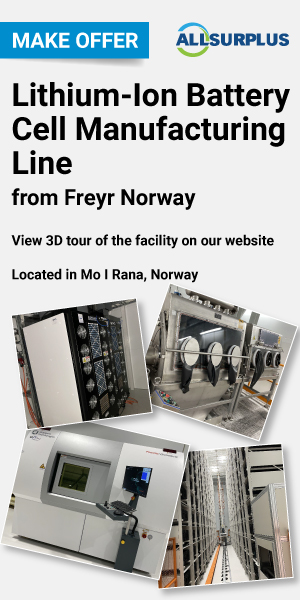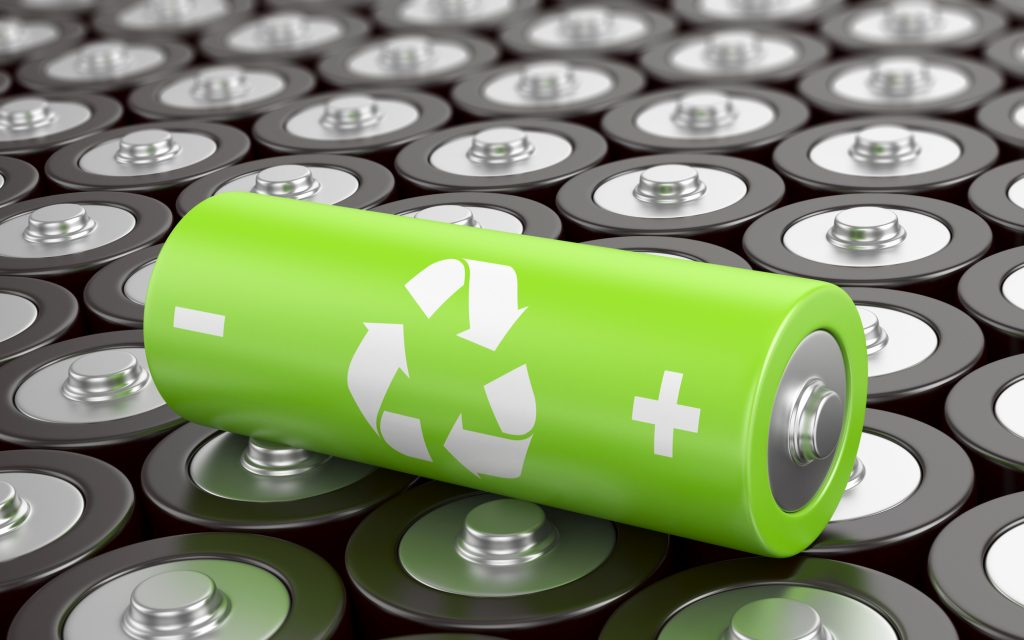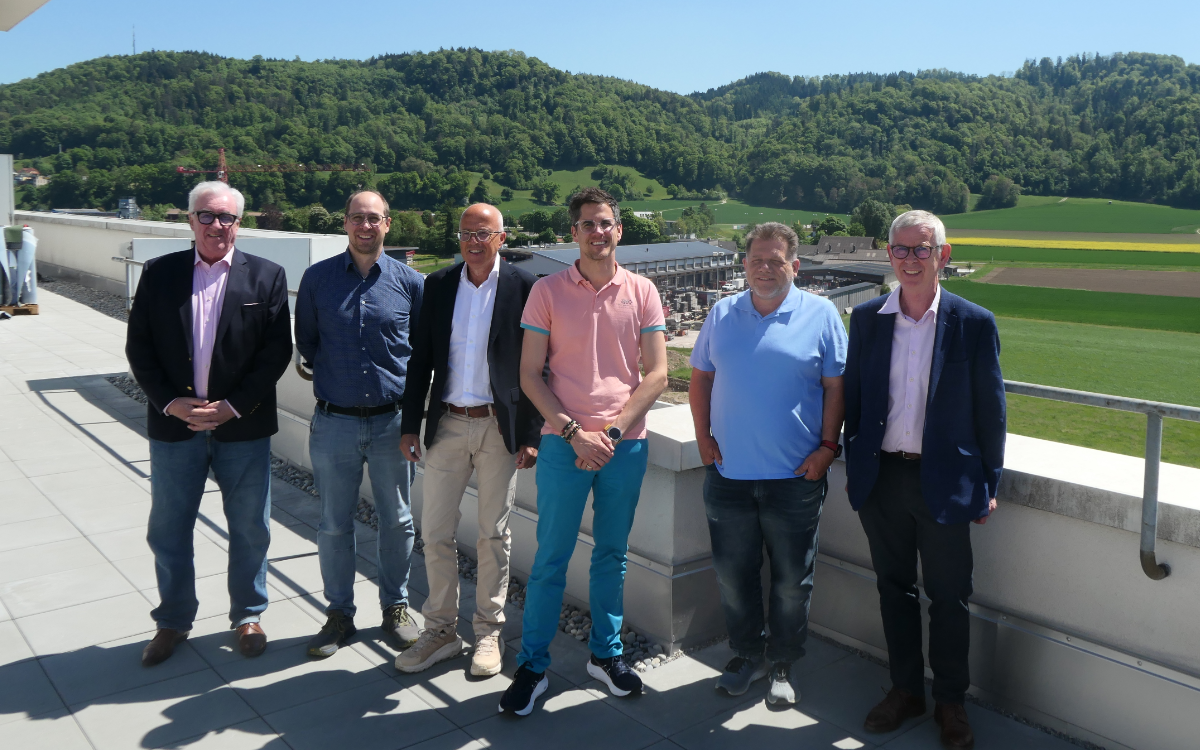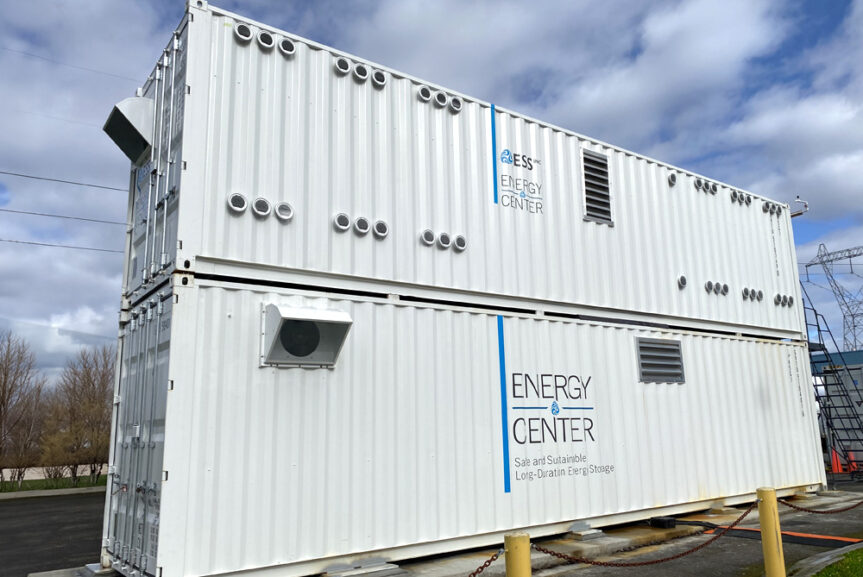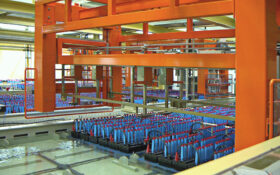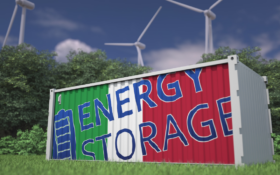Kees van de Kerk, president of industry body Flow Batteries Europe, argues that flow battery companies need to remember their audience and talk less technical language if they are to gain wider market acceptance.

Despite the technology’s readiness, barely one in 20 people is aware of flow battery technology. The technology has strong advantages for stationary energy storage – such as inherent safety, sustainability, and long-duration storage without capacity fading – yet awareness remains low.
Context and challenges
Flow batteries have been on the market for more than 25 years but are only gradually getting the attention they deserve. A few years ago, the EU Commissioner responsible for battery policy was asked how flow batteries fit into EU policies, which are still biased towards lithium-ion batteries for mobile applications.
The Commissioner, unaware of flow batteries, misinterpreted the question, highlighting the lack of awareness at high levels. His response, “Well, the flow of batteries in Europe is very good” referred to his success in attracting new lithium-ion companies to Europe. This incident triggered the formation of Flow Batteries Europe (FBE), an association promoting flow battery technology.
FBE organised a crash course on battery technologies beyond traditional lead-acid and lithium batteries for EU decision-makers. However, the challenge remains: how do we become more visible to energy storage decision-makers and the general public?
Communication issues
The industry is led by technically-oriented founders who prioritise technology improvements over commercial messaging. This results in communications that are too technical for non-experts. While technology improvements, system efficiencies and lower system costs are important, they should not be the primary message.
Moreover, these advancements are often communicated in a language that non-technical people do not understand and are unlikely to pay attention to. The lack of a clear frontrunner and media attention in Europe, combined with many small companies working on different electrolytes, further confuses the market.
Flow batteries with vanadium electrolytes are the most mature and have been in the market for years with numerous small and medium-sized systems. Recently, a large 100MW/400MWh flagship project was commissioned in China, enabled by massive governmental support that European players can only envy.
The Chinese approach differs a lot from EU companies – often presenting their projects as demonstrations, and who do not advertise them due to their smaller size compared to large lithium-ion projects. Most companies have engineers as CEOs who communicate around technology breakthroughs rather than more commercial messages.
Additionally, the industry consists of many small companies working with different electrolytes, each focusing on their specific chemistry improvements. You must be a flow battery expert to be interested in these details. In summary, communication is poor and often confusing due to the multitude of electrolytes.
Here to stay
“Flow batteries are market ready and here to stay!” should be the industry’s overall message. Emphasising technology maturity and showing market readiness, rather than presenting yet another electrolyte or innovative solution, is the way to go. Being innovative may be appealing, but it is not attractive to most risk-averse investors and distracts from the key message.
The multitude of flow battery technologies weakens the communication of technology readiness. Every new electrolyte, however interesting, distracts the audience from the main message that flow batteries are market ready. Do not get me wrong, new organic electrolytes are major advancements. This ongoing work is necessary for valuable cost and sustainability improvements.
However, communicating technology market readiness is key to creating an initial base of projects in the market and achieving industry success. Even if these initial projects are dominated by vanadium, the installed base of projects will benefit every company in the industry as it proves the technology’s viability.
Market positioning
The flow battery industry should avoid comparisons with lithium-ion competition and present itself as a stand-alone energy storage solution. Flow batteries offer safe and reliable energy storage and are more sustainable due to their longer lifetime, higher cyclability and recyclability. The recycling of lithium-ion batteries is not yet fully established, making them a ticking time bomb in terms of disposability.
Flow batteries are more of a long-term investment for stationary energy storage, similar to, but more flexible than, hydropower plants. This is quite different from lithium devices with lifetimes of 10 years or less. Flow batteries are a different ball game. I like to compare it to travelling: sometimes you walk, sometimes you take a bicycle, sometimes your car, and if there is no alternative, you take a plane.
Long-duration energy
Long-duration energy storage is a cornerstone of the energy transition, enabling the integration of renewable energy, ensuring grid stability, improving economic efficiency and supporting decarbonisation goals.
By addressing the intermittency of renewable energy sources and providing reliable and flexible energy solutions, long-duration storage systems are essential for building a sustainable and resilient energy future. However, due to lacking regulations, most energy storage projects focus on one- or two-hour energy storage applications. Frequency regulation and voltage support, maintaining the stability and reliability of the grid, are typical examples.
Long-duration energy storage systems can store excess energy generated during periods of high renewable output and release it during periods of low generation, ensuring a stable and reliable power supply. But these solutions are not rewarded yet, which drives the market to energy storage applications and technologies with short paybacks.
No-one expects a hydropower plant to have a five-year payback period, so why should flow battery energy storage solutions with a lifetime exceeding 20 years be treated any differently?
With longer duration storage applications and capacity markets developing, the business case for flow batteries will improve, and the industry should have its communication act together by then.
Main photo: courtesy of CellCube

